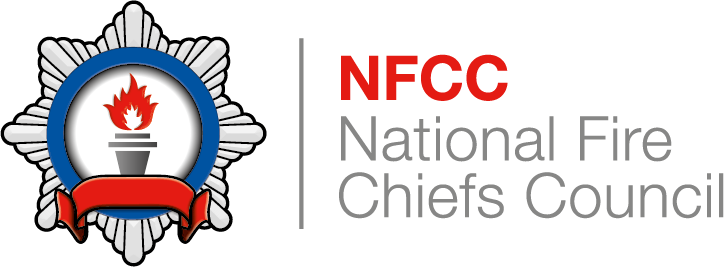Online Home Fire Safety Check
The Online Home Fire Safety Check (OHFSC) has been developed through a partnership between the NFCC, Fire Kills and Safelincs. It is available free of charge to all FRSs in England.
The OHFSC has been developed to complement the Person Centred Framework, which underpins the work of virtual and face-to-face Home Fire Safety Visits, and deliver a product available to households who may not reach the threshold for a physical visit, or to be used when and where physical visits are restricted or not possible. It has been designed to provide a person centred self-assessment of fire risk for individuals that may have low or medium fire risk.
To ensure the vulnerable are not overlooked, the tool has a mechanism to flag a user to their local FRS, where a physical visit would be recommended as a consequence of completing the self-assessment. It has been designed to be used by either the home occupant directly, a third party (police, social worker, paramedic etc) who may have concerns about an occupant’s welfare or safety, or simply aid the FRS directly with home visits.
